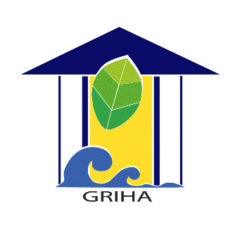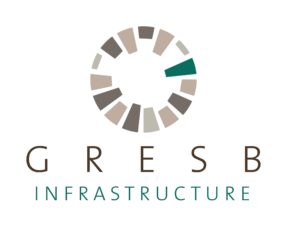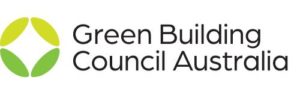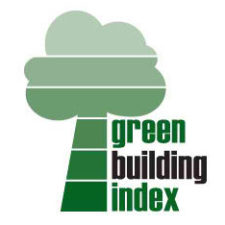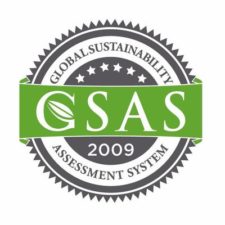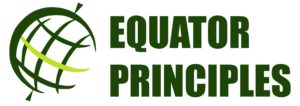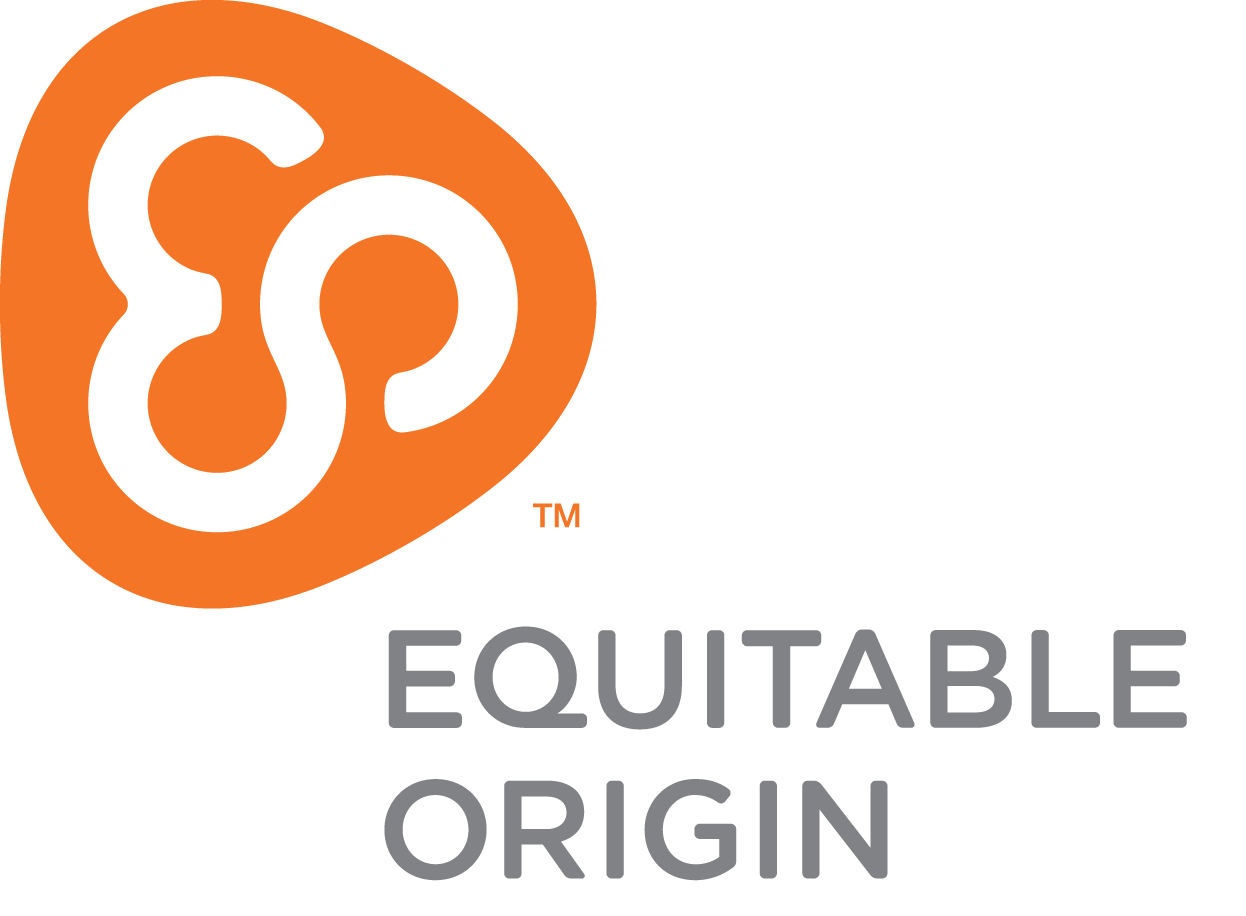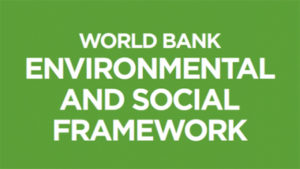
The Infrastructure Voluntary Evaluation Sustainability Tool (INVEST) is a web-based self-evaluation tool to assess and enhance the environmental, social and economic sustainability of transportation projects. The tool aims to support a sustainable construction and maintenance of highways and other transportation projects to satisfy societal development and economic growth while enhancing the natural environment and reducing natural resource use. The tool offers four different modules throughout the life cycle: System Planning for States (SPS), System Planning for Regions (SPR), Project Development (PD) and Operations and Maintenance (OM). Each module is independent, measures sustainability across individual criteria and is evaluated separately.
Lifecycle Phase(s): Strategic PlanningPublic authorities identify the needs and long-term vision for infrastructure development., Project PlanningGeneral strategy for a project’s delivery is developed., Concept DesignTechnical experts broadly outline the project’s basic characteristics., Detailed DesignTechnical experts further elaborate the Concept Design., ConstructionThe asset is constructed in line with design, budget and timeline., Operation and MaintenanceInfrastructure assets are managed and maintained during their use time.
Type(s) of Tool: Rating SystemsProvide quantifiable sustainability ratings and / or certification for projects or assets.

